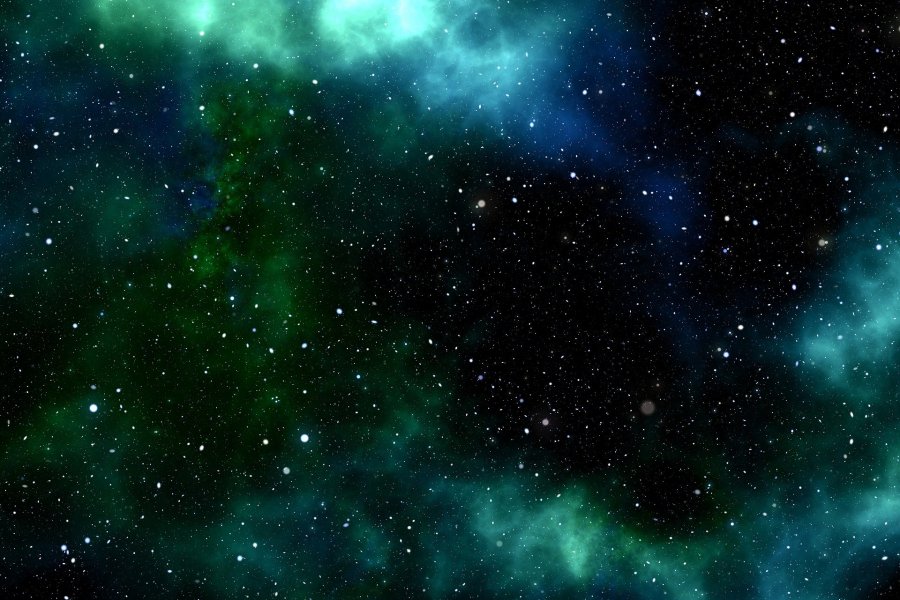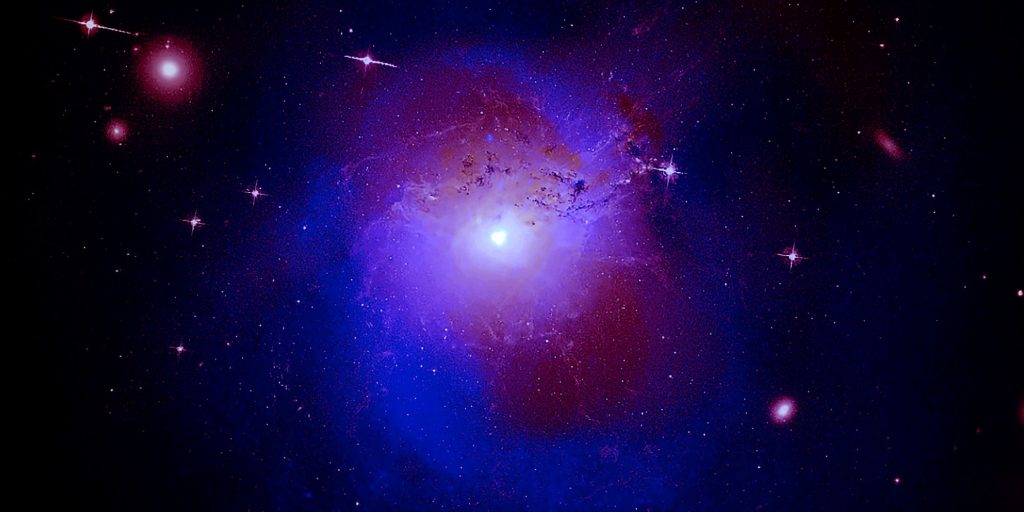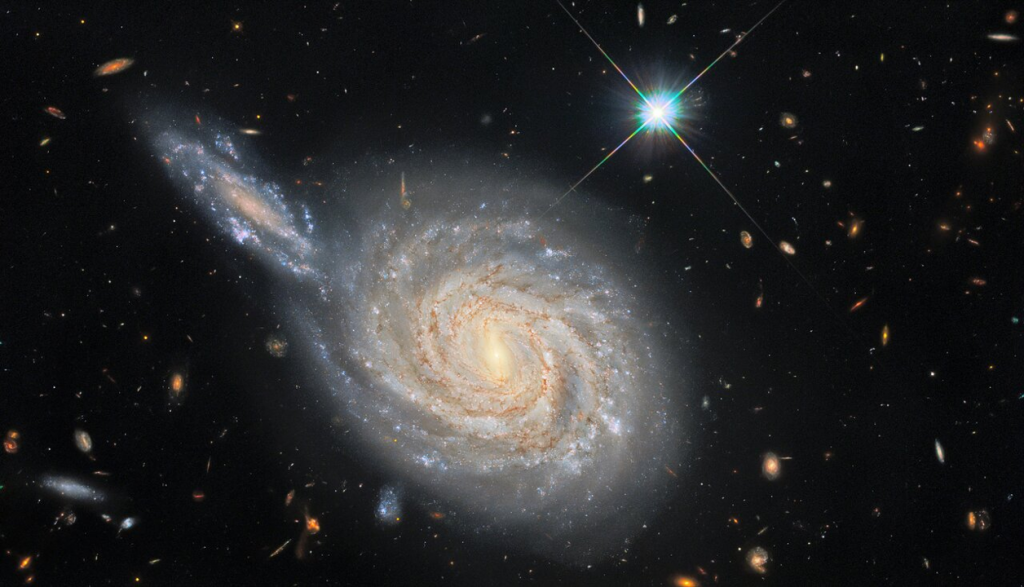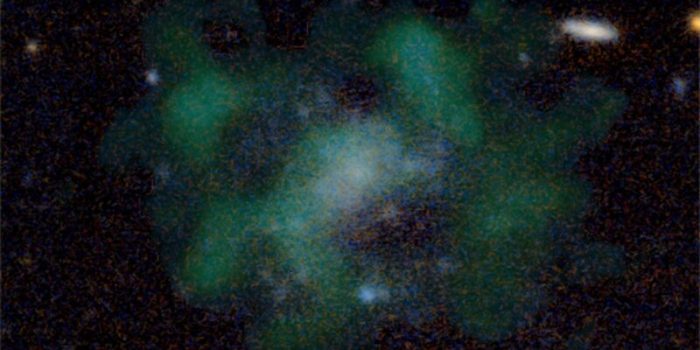Dark matter is the most mysterious and interesting ingredient in the universe. Recently, an international team of researchers discovered evidence of a galaxy that appears to have no dark matter, which is discussed in an article published in the Monthly Notices of Astronomical Society, adding to the enigma of the elusive force.
Researchers at the University of Groningen in the Netherlands, Pavel Mancera Pia and Filippo Fraternali, and other colleagues, began observing a cluster of galaxies the size of large galaxies like the Milky Way but with the luminosity of much smaller dwarf galaxies.

“When you look at the number of stars they have, they’re not so many, about 1,000 times less than the Milky Way,” Piña stated. “But then the size of these galaxies is as extended as the Milky Way.”
Ultra-diffuse dwarf galaxies are the name given to these galaxies. The researchers sought to learn more about how these galaxies form, but they uncovered something even crazier. Between July and October 2020, they spotted AGC 114905 with the Very Large Array in New Mexico for a total of 40 hours. The researchers calculated how rapidly it rotated to compute the galaxy’s entire mass.
“When you look at normal galaxies, you will find that they are rotating much faster than what you would expect considering the amount of gas and stars they have,” Piña says. “And therefore we infer that there should be some amount of mass that we cannot observe, but that should be there because otherwise, the galaxy would be rotating at a slower rate.”

The missing mass is dark matter, which cannot be seen but maybe deduced from its presence. However, based on the amount of observable, regular matter in the galaxy, galaxy AGC 114905 was rotating at precisely the expected speed. The researchers believe that this galaxy and five others previously spotted by them may contain little to no dark matter.
Dark matter is a form of matter that does not reflect, emit, or absorb light and interacts with other matter solely through gravity. Despite being hidden, dark matter accounts for around 27% of all mass in the universe. Dark energy accounts for approximately 68% of the remaining mass, with only 5% left to conventional “baryonic” matter, such as the Earth.
Scientists have yet to witness dark matter, but they know it exists because of its effect on the motion of stars and galaxies. The gravitational pull of dark matter can be measured simply because the force observed by scientists does not correspond to the amount of ordinary matter observed. However, the properties of the dark matter remain a mystery.

This isn’t the first time scientists have discovered galaxies that are devoided of dark matter. In 2018, astronomers found a galaxy called NGC 1052-DF2 that appeared to contain a low amount of dark matter.
“This seems to add to the evidence that there are some galaxies without dark matter,” Piña says.

However, scientists are unsure if these galaxies started without dark matter or if it was taken away from the galaxy at some time. In the case of AGC 114905, there are no nearby galaxies capable of sucking the dark matter out of it.
“In principle, all galaxies should inhabit very massive dark matter halos,” Piña says. “So it’s not clear how you can form a galaxy without it.”
The researchers behind the new study hope to look deeper into the galaxy’s features to discover why it lacks dark matter and how. In addition, they intend to examine the galaxy’s stars in greater detail to see if they vary from stars seen in galaxies with dark matter. This could bring scientists one step closer to understanding dark matter.
“I think it adds to the mystery of dark matter,” Piña says. “But at the same time, it may give us some hope to understand it better.”


